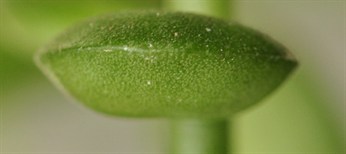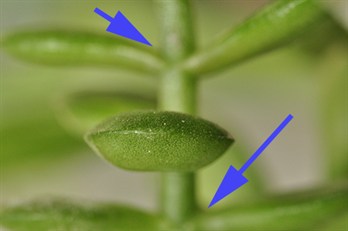Clue: Cool place to hole up.
Answer: To a slug or a sow bug, the drain hole in a pot is a
roomy, sheltered cave. Add moisture, by continually overwatering or
letting excess water remain in the catch tray, and conditions
become even better there for the greeblies.
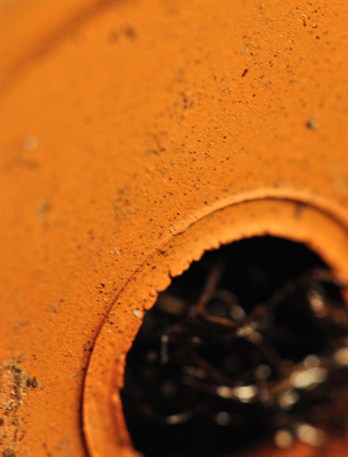
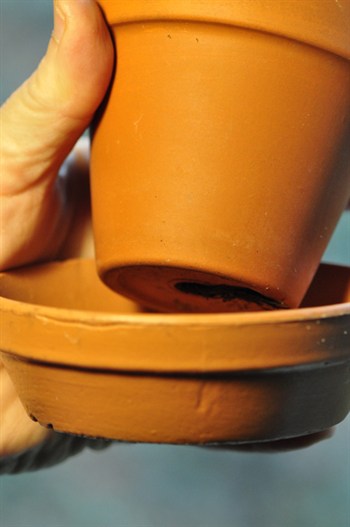
Clue: Half the care, twice the damage!
Answer: Torn cambium from hurried pruning. Clip a branch
carelessly, letting it fall, and it will almost always tear down
into the stub. Perhaps you see only an "oops" but opportunistic
fungi see gateway to twice as much wounded, starch rich cambium
(green layer just under the bark). That's where fungi and insects
can move in. Cut
clean or clean up after your cuts so the tree uses just half
the energy and time to seal them against infection.
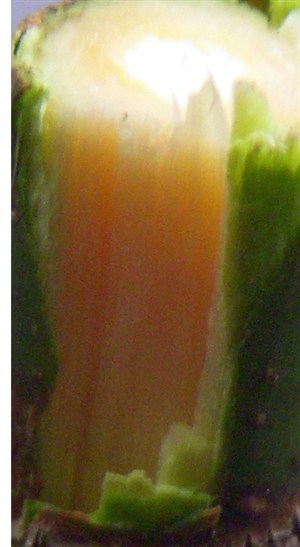
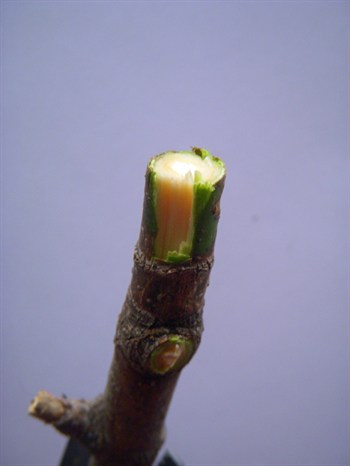
Clue: Accurate to say the pest would see this with furrowed
brow!
Answer: The tines of a "bow" garden rake. Drag one lightly
through a garden in late fall to make furrows that expose the eggs
and larvae of overwintering pests to foraging birds. No need to cut
deeply into the soil -- such deep disturbance might even turn up
and kill toads, a pest-seeking ally you don't want to lose.
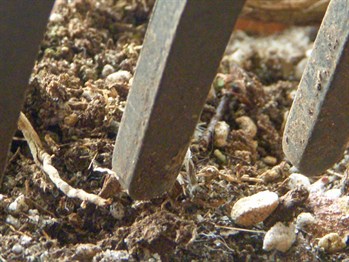
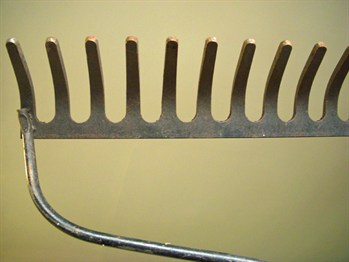
Clue: Tough to get a grip.
Answer: The turgid surfaces of a jade leaf, which doesn't offer
much shelter to tiny pests. If the soft scale known as mealybugs
take hold on a jade it will be in crevices where leaf meets stem.
When you inspect a jade for pests, it's not the leaf surface you
should check but the crannies. When you wash or shower a jade,
don't stop when the dust is off the leaves. Aim a forceful spray
into the branch folds and leaf axils, too.
